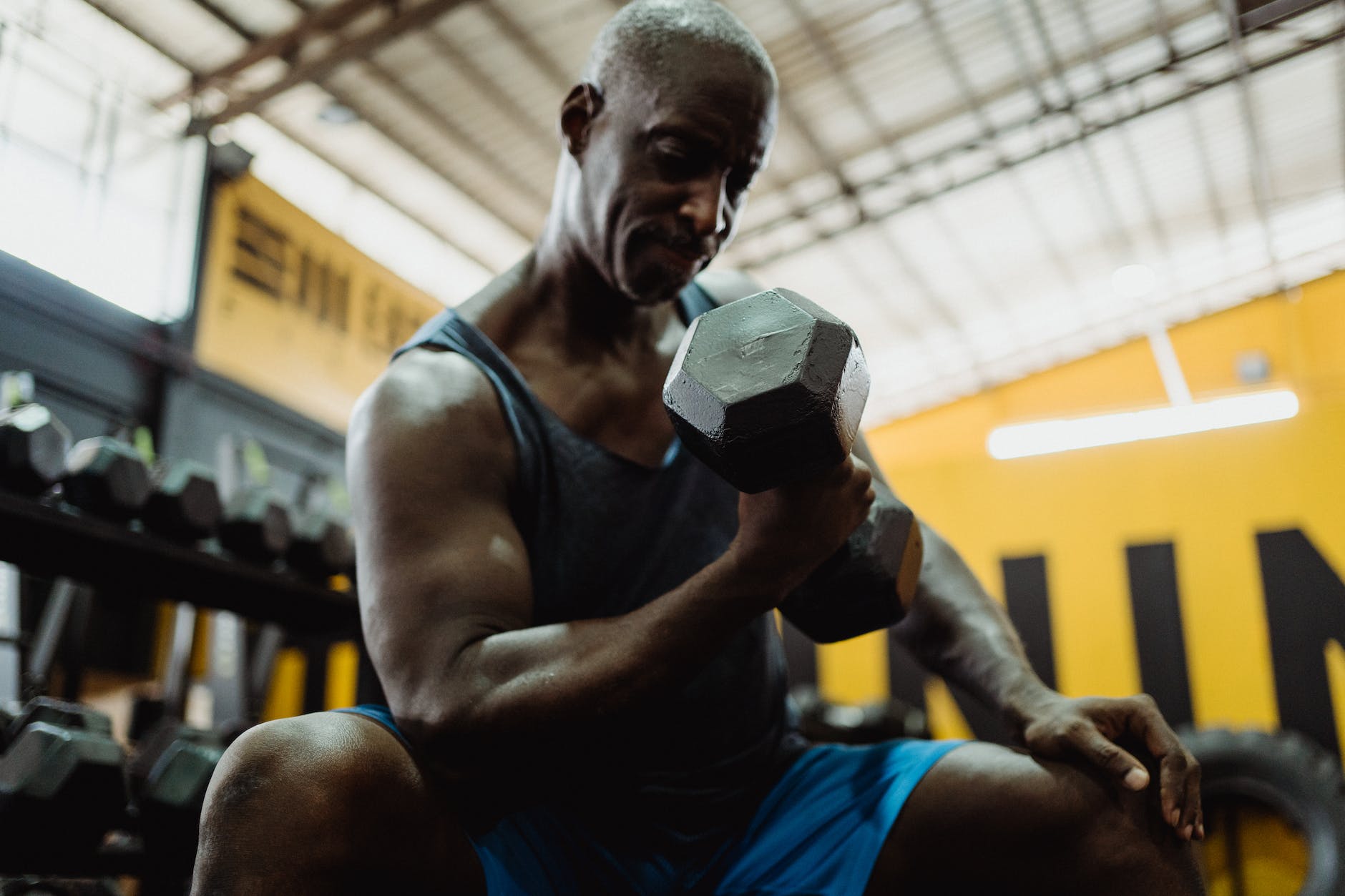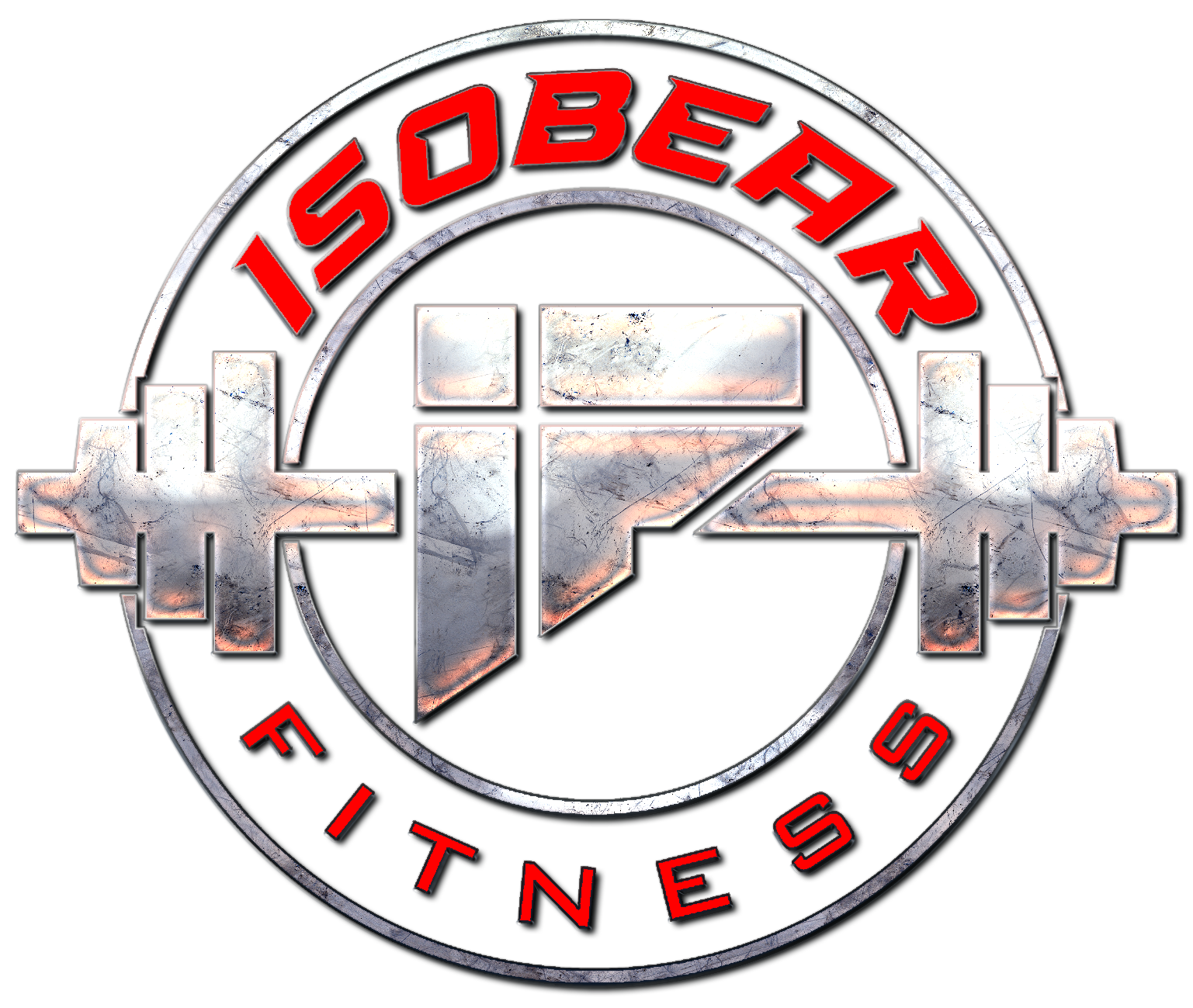The conventional deadlift is one of the most essential exercises for any strength training program. It can help build a strong core, powerful legs and hips, and a solid back. It is an incredibly effective way to build functional strength and improve overall physical performance.
The conventional deadlift is incredibly effective for developing strength, power, and endurance throughout the body. It is a full-body exercise that requires proper form and technique to execute correctly. With good form and practice, the conventional deadlift can become a powerful tool to help you develop overall strength and improve physical performance. The traditional deadlift is an incredibly effective way to build muscle, power, and endurance that can be used in various situations. Doing the conventional deadlift correctly will also help to make a strong core, powerful legs and hips, and a solid and healthy back. It can help increase athletic performance, improve balance and coordination, and reduce the risk of injury.
Benefits of the Conventional Deadlift
The Conventional Deadlift is incredibly effective for improving overall strength and health. It has several benefits, including increased strength and core stability, improved grip strength, and increased muscle mass.
The deadlift is a great way to do it for those looking to build strength and core stability. The exercise works the entire posterior chain, which helps to improve stability and power in the core, legs, and back. Plus, it can help reduce the risk of injury.
Improving grip strength is another benefit of the deadlift.
Increase Strength and Core Stability
The conventional deadlift is an ideal exercise for those looking to increase their strength and core stability dramatically. It works the entire body, particularly the back and legs, and can help build muscle and boost strength quickly. The deadlift movement engages many powers, and as your muscles strengthen, your core stability and overall strength will improve.
The conventional deadlift is a compound exercise that utilizes multiple muscle groups. It works the hips, glutes, lower back, and hamstrings. It also engages the core muscles, such as the abdominals and obliques, as well as the trapezius and latissimus dorsi. As the muscles are worked, they become more robust, and the body can lift heavier weights. This not only increases your strength but also helps build muscle.
The conventional deadlift also helps improve balance and coordination, requiring total body control and awareness of the movements. As you become more experienced in the training, you will be able to lift heavier weights and improve your technique. This will increase your strength and power, as well as your stability and coordination.
In addition to increasing strength and core stability, the conventional deadlift can also help improve grip strength.
Improved Grip Strength
The conventional deadlift has numerous benefits for athletes and weightlifters. One of the deadlift’s most beneficial but often overlooked advantages is its ability to improve grip strength.
The deadlift requires a solid grip to hold onto the weight. It forces the athlete to hold the weight for an extended period, which increases grip strength. This improved grip strength can help athletes in other sports, such as tennis and golf, as having a solid grip allows them more control over the racquet or club. Additionally, a firmer grip will enable athletes to fatigue slower when performing exercises like pull-ups and chin-ups, as they can better hold onto the bar.
Grip strength can also improve athletes’ ability to perform Olympic lifts and other functional movements. A firm grip lets the athlete lift heavier weights and perform more reps. It can also help improve technique and better control the bar during exercises like snatches and power cleans. This enhanced technique allows the athlete to reach their full potential in their sport.
Having a solid grip is an essential element of any weightlifting workout. It’s also important in everyday tasks like opening bottles or carrying groceries.
Increased Muscle Mass
Undeniably, one of the most sought-after benefits of the Conventional Deadlift is the dramatic increase in muscle mass. By activating multiple muscle groups, this exercise can help sculpt the body in ways that no other lift can.
The Conventional Deadlift can increase mass in the back, hips, legs, and core. When performed regularly and correctly, it can quickly build muscle and strength in these areas. Additionally, it helps to develop stabilization muscles in the body, helping to avoid injury and create a stronger foundation for future gains.
To maximize the muscle-building benefits of the Conventional Deadlift, it is essential to perform the exercise correctly. Start with light weights and proper form, then increase the weight as you become more comfortable with the practice. It is also important to rest adequately between sets, allowing the muscles to recover and become stronger.
It is also important to vary the exercise. Mixing in different deadlifts can help target different muscles and create a well-rounded workout. For example, incorporating Romanian deadlifts, sumo deadlifts, and stiff-leg deadlifts can help to create an optimal routine.
How to Perform the Conventional Deadlift
The conventional deadlift is one of the most effective exercises for building strength and power. To perform the lift correctly, following a few simple steps is important. First, start with a warm-up. This can include dynamic stretching, foam rolling, or light cardio. This will help to increase blood flow to the muscles, reduce the risk of injury, and improve overall performance.
Next, pay close attention to weight placement. Make sure the weight is evenly distributed across the bar and the floor. This will help keep the bar close to the body and maintain good form.
Warm Up
Now that we’ve discussed the incredible benefits of the conventional deadlift, let’s dive into how to perform it. We’ll start with the warm-up, an essential part of any exercise routine and significant for the deadlift. Warming up prepares your body for the exercise by slowly raising its temperature and heart rate, allowing your muscles to work more efficiently.
It’s important to take your time and do a thorough warm-up when doing any exercise, but it’s especially important for the deadlift due to the strain it places on your body. To prepare for the deadlift, start with some dynamic stretching exercises such as arm circles, leg swings, and side lunges. After that, do a few warm-up sets with a lighter weight to get your body ready for the full exercise.
Once you have completed your warm-up, it’s time to move on to the weight placement, an essential step in the deadlift. Make sure that you position the weight in the right spot on the barbell so that you can lift it with proper form and not put yourself at risk of injury.
Weight Placement
Now that you’re familiar with the benefits of the conventional deadlift let’s dive into how to perform it. The proper weight placement is the foundation of a successful deadlift, so let’s get started!
First, you’ll want to ensure the weight is evenly distributed on the floor. You can do this by positioning the barbell over the midfoot, with the shins making contact with the bar. This will ensure the weight is balanced and evenly distributed.
Next, you’ll want to ensure the barbell is close to your body. This will help you maintain a tight core and proper posture throughout the lift. You can do this by positioning your hands slightly wider than shoulder-width apart. This will also help create a natural arch in your lower back, allowing you to lift the most weight with the least effort.
Finally, you’ll want to ensure the bar aligns with your midfoot. This will help you stay balanced and ensure the weight is evenly distributed. You can do this by setting your feet slightly wider than shoulder-width apart and keeping your shins in contact with the bar.
In summary, the proper weight placement is essential for a successful conventional deadlift.
Setup Position
Standing up tall with the barbell at the front of the feet, it’s time to get into the proper starting position for the Conventional Deadlift. Many people make the mistake of starting in a hunched-over place, making the lift far more complex and uncomfortable.
The first step is to push the hips back and down while keeping the chest up and shoulders back. Doing this will create a slight bend to the knees while ensuring the back is in a neutral position.
It’s essential to keep the feet flat on the floor with the feet placed slightly wider than hip-width apart. Having the feet too close together will create an unstable base and increase the chances of losing balance. To create a more stable base, the toes should be slightly angled out — not more than 10-15 degrees.
The next step is to create tension throughout the body. Squeeze the shoulder blades together and make sure the lats are engaged. This will ensure that the barbell is positioned correctly throughout the lift. At the same time, drive the feet into the ground and push the chest out. Doing this will provide a strong and stable base.
Tips for Maximizing Results
To maximize results, one must focus on three key elements: Consistency, Weight Progression, and Frequency of Training. Consistency is key – regularity and dedication are a must. Just like any other skill, the more regularly you practice, the better you become. Weight Progression is the second key element – the goal is to increase the difficulty level, as you become stronger incrementally. Lastly, Frequency of Training is essential – the more you train, the more you’ll be able to take on and achieve.
Consistency
Are you ready to maximize the results of your deadlift? If so, the key is consistency. It may sound cliché, but there’s no getting around it—consistency is the name of the game. To make progress, you must dedicate yourself to regular training and follow best practices when deadlifting.
As they say, practice makes perfect. When it comes to deadlifting, this couldn’t be truer. To get the most out of each lift, you must have the proper form—which can only be achieved through practice. Investing time to perfect your form and technique is essential for success.
Break down your deadlift sessions into manageable pieces to ensure you’re making the most of your time. For example, dedicate one session to focusing on your form and another to pushing yourself to lift heavier weights. Don’t be afraid to ask a trainer for a form check if you are unsure.
Incorporating proper rest and recovery into your routine is also essential. Recovery is when the magic happens. Your muscles need time to repair and build themselves, so don’t skip out on this important step.
Weight Progression
Now that you’ve learned how to perform the conventional deadlift, it’s time to consider how to maximize your results. One of the most important aspects to consider is weight progression. When it comes to strength training, increasing the weight as you get stronger is key to seeing results.
Consistency is key when it comes to weight progression. You should aim to slowly increase the weight of your deadlift at least once a month or as soon as you can perform the same weight with good form for three sets of five reps. This will help you constantly challenge yourself and progress in your strength goals.
When beginning to increase weight, starting small and progressing steadily is essential. You should aim to increase the weight by no more than 10-20 pounds at a time. This will help you to focus on keeping proper form and avoiding injury.
Additionally, you should pay attention to the frequency of your training. When you lift more often, you’ll be able to progress faster and reach your goals quicker. Aim to lift two to three times a week, and you’ll be able to increase the weight more often and see results in no time.
Frequency of Training
The proper form and technique for the conventional deadlift is essential, but consistency will lead to the best long-term results. To this end, understanding the frequency of training is necessary. Fortunately, the frequency of training for the conventional deadlift is relatively simple.
First and foremost, the conventional deadlift should be trained no more than two to three times a week. When first starting, it’s best to start with two days of training and gradually progress to three days as performance improves. Additionally, it’s important to give your body sufficient time to recover in between training sessions.
Give your body at least 48 hours of rest between sessions to ensure success. Furthermore, it’s best to only train the conventional deadlift on days where you’re feeling your strongest. This is especially important if you are progressing to heavier weights. If you feel fatigued, your form may suffer, which could lead to injury.
The conventional deadlift is a great exercise to incorporate into your routine if your goal is to increase overall strength and power.
Conclusion
The conventional deadlift is a potent exercise that can help you build strength, power, and muscle. This exercise is excellent for targeting the muscles of the lower body, back, and core. It is also incredibly versatile and can be used in various fitness and strength-training programs. If you want to get the most out of your workouts and build strength and power, the conventional deadlift is an excellent exercise to incorporate into your routine. The traditional deadlift is an essential exercise for any fitness enthusiast, regardless of experience level. Correct form and technique can provide a broad range of benefits that will help you reach your fitness goals. So, don’t wait any longer – incorporate the conventional deadlift into your routine and start reaping the rewards!

Strength Training for Men over 50
Strength training for men over 50 is critical to a healthy lifestyle. It can help reduce the risk of chronic health conditions, increase physical strength,

Using RPE and RIR During Strength Training
Have you ever felt unsure about how much more you can push yourself during your strength training workouts? Or maybe you’ve wondered if you’re truly

Using RPE During Running Workouts
As an individual passionate about improving your running performance, understanding and applying the Rate of Perceived Exertion (RPE) in your training could be a game-changer.
follow
Error: No feed with the ID 2 found.
Please go to the Instagram Feed settings page to create a feed.

